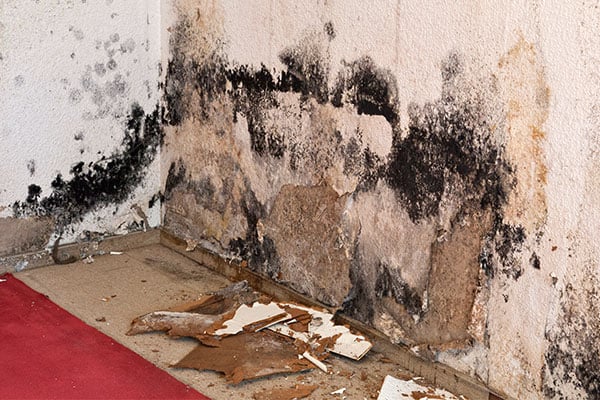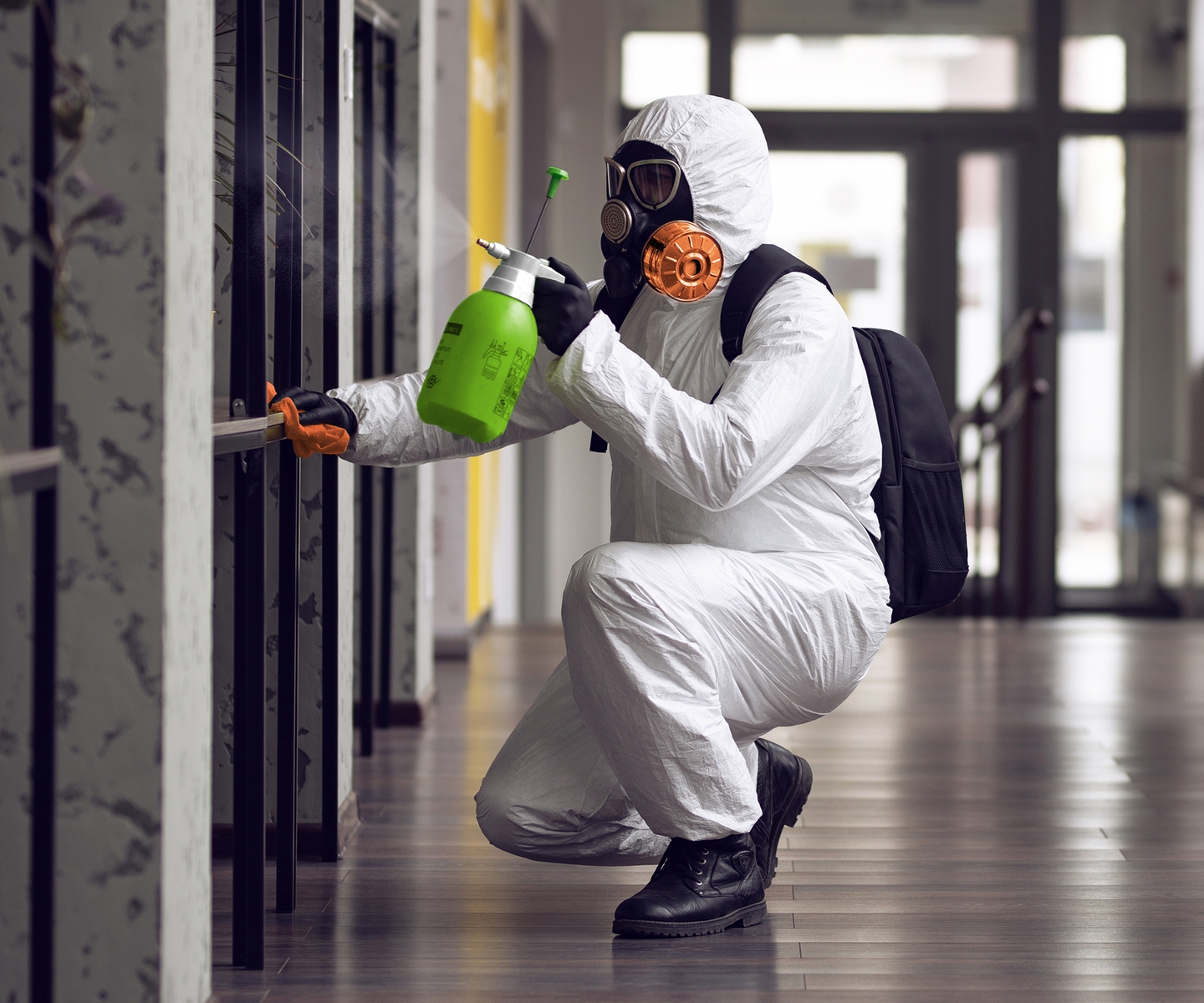Precision Mold Remediation Strategies for Making Certain a Healthy And Balanced Living Setting
In the realm of preserving a healthy and balanced living atmosphere, the effectiveness of mold removal strategies stands as an important aspect that requires precision and know-how. Mold problems can be perilous, impacting indoor air high quality and positioning threats to both building and health and wellness. Attending to mold development surpasses mere surface area cleaning; it necessitates a thorough strategy that incorporates evaluation, targeted approaches, and the application of innovative innovations. By discovering the complexities of mold removal methodologies, one can acquire understanding into securing versus mold-related issues and promoting a healthier environment.
Recognizing Mold And Mildew Development Elements
Recognizing the essential factors that add to mold development is important in creating efficient approaches for mold removal. Mold and mildew requires 3 main aspects to thrive: moisture, ideal temperatures, and organic material for food. Moisture is perhaps the most vital element as mold spores can rapidly conquer and spread out in damp settings. Leakages, floodings, high humidity degrees, or condensation supply the needed dampness for mold and mildew development. Temperature likewise plays a substantial function, with many molds favoring temperatures in between 60-80 ° F(15-27 ° C) Mold feeds on natural materials such as wood, paper, drywall, and materials.

Analysis of Mold Infestations
Having recognized the key variables that contribute to mold development, the following crucial step is assessing the degree of mold infestations within a building. Mold evaluation entails a comprehensive examination to determine the kind of mold and mildew present, the affected locations, and the seriousness of the invasion. Professional mold assessors use a mix of aesthetic inspection, moisture meters, thermal imaging cams, and air tasting to collect information on the mold problem.
Visual inspection is typically the initial step in examining mold and mildew infestations, where experts aesthetically take a look at locations prone to mold growth, such as restrooms, cellars, and attic rooms. This helps recognize noticeable mold growth and areas with indications of water damages or high wetness levels. Dampness meters are after that used to find dampness levels in structure materials, aiding in situating concealed mold development behind ceilings or walls.
In addition, thermal imaging video cameras can be employed to identify temperature differences that may suggest moisture concerns advertising mold and mildew growth. Air tasting is another crucial method made use of to collect airborne mold and mildew spores, providing information on the concentration and kinds of mold present in the interior setting. By using these assessment techniques, specialists can properly assess the mold problem and develop a reliable removal strategy to guarantee a healthy and balanced living setting.

Applying Targeted Remediation Methods
To effectively deal with mold and mildew infestations, executing targeted remediation strategies is necessary for removing the source of mold growth and ensuring a mold-free setting. These techniques involve a systematic approach tailored to the certain mold and mildew problems identified throughout the analysis stage. By targeting the underlying factors adding to mold development, such as moisture breach, inadequate ventilation, or building product flaws, remediation efforts can be much more exact and reliable.
One targeted remediation technique is to deal with water leaks immediately to stop dampness buildup, which is a key motorist of mold proliferation. This might entail repairing plumbing leaks, boosting water drainage systems, or boosting waterproofing procedures. In addition, enhancing ventilation in damp locations can help in reducing moisture degrees, creating a setting much less helpful to mold growth.
Moreover, targeted remediation strategies may consist of eliminating and changing mold-infested materials, such as drywall or insulation, and applying antimicrobial treatments to hinder future mold growth. Regular tracking and upkeep are crucial to sustaining a mold-free setting adhering to remediation initiatives - mold remediation philadelphia. By implementing these targeted techniques, residential property owners can properly combat mold and mildew invasions and advertise a much healthier living environment
Using Advanced Mold Removal Technologies
Incorporating advanced technologies is vital in the efficient removal of mold problems and ensuring long-term avoidance measures. Advanced mold and mildew removal technologies play a critical function in attending to mold problems efficiently and thoroughly. One such technology is the use of High-Efficiency Particulate Air (HEPA) filtering systems. These systems can record and remove mold spores and various other air-borne fragments, considerably lowering the spread of mold and mildew during removal.
In addition, advanced mold elimination technologies consist of infrared cameras that can discover covert wetness sources within ceilings or wall surfaces, assisting in the precise identification of locations susceptible to mold and mildew growth. mold remediation philadelphia. This innovation makes it possible for site here removal specialists to target affected locations a lot more precisely, resulting in a much more comprehensive elimination process
Ultraviolet (UV) light therapy is one more ingenious innovation utilized in mold and mildew removal. By leveraging these sophisticated innovations, mold and mildew remediation experts can efficiently get rid of mold invasions and produce a much healthier living environment for occupants.
Preventing Future Mold And Mildew Reappearances
With the successful removal of mold and mildew infestations using innovative innovations, the emphasis now shifts in the direction of executing robust strategies to stop future mold and mildew recurrences. Stopping mold from persisting is crucial for keeping a healthy and balanced indoor environment. One crucial method is to deal with any underlying wetness problems in the building. Routine inspections check my site for leakages in plumbing, roofs, and home windows can help recognize and fix resources of excess wetness that add to mold and mildew growth.
Correct ventilation is one more essential element of mold and mildew avoidance. Guaranteeing adequate air flow in all areas of the building can aid minimize moisture levels and stop wetness buildup. Using dehumidifiers in wet areas such as cellars can likewise help in managing moisture levels.
Preserving sanitation and without delay resolving any type of water damage or spills can even more aid stop mold and mildew development. Normal cleaning routines ought to include dusting, vacuuming, and wiping down surfaces to stop the build-up of mold spores.
Enlightening owners regarding mold prevention methods, such as proper ventilation and wetness control, can additionally contribute to a proactive approach in preventing future mold problems. By implementing these methods, the threat of mold recurrences can be considerably decreased, leading to a much healthier living setting.
Conclusion
By recognizing mold development variables, examining infestations, implementing targeted strategies, utilizing advanced elimination innovations, and avoiding future reoccurrences, one can successfully combat mold problems. It is vital to focus on mold remediation to make sure the wellness of residents and stop possible health and wellness threats linked with mold and mildew exposure.
